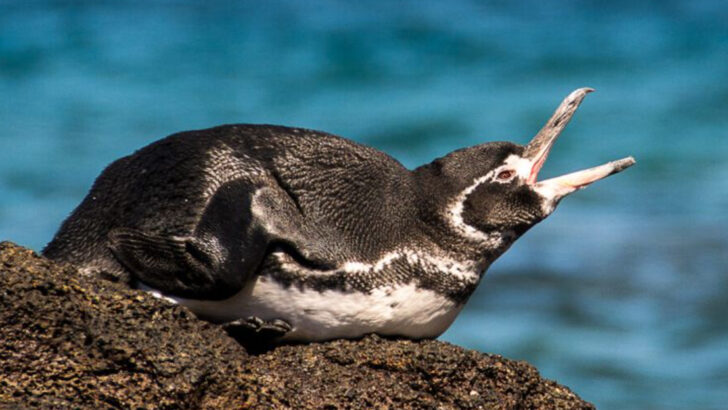They live on razor-thin margins—tiny islands, mountain pockets, and hidden wetlands. And if those vanish? So do they. These 23 wild animals can’t be found anywhere else on Earth. Not in zoos. Not in far-off forests. Only in their one fragile corner of the world. Some are camera-shy chameleons the size of your thumb. Others are massive tortoises or mysterious sea creatures. Each one is rare, wild, and holding on by a thread. You won’t believe how small their homes really are— and how easy it would be to lose them forever.
Javan Rhinoceros

Often described as one of the rarest large mammals on Earth, the Javan rhinoceros resides solely in the verdant aura of Ujung Kulon National Park in Java. With a rugged hide reminiscent of armor and a solitary horn, it epitomizes resilience. Its elusive nature and critical endangerment have captured the attention of conservationists worldwide. A creature of solitude, the Javan rhino graces the dense jungles with its presence, reminding us of the delicate balance between nature and extinction. Fun Fact: This species was once found throughout Southeast Asia, but now only a few dozen remain.
Vaquita Porpoise

Floating through the azure waters of the northern Gulf of California, the vaquita porpoise finds its fragile existence. This tiny marine mammal, with its distinct dark eye rings and lips, is the world’s most endangered cetacean. With numbers dwindling to alarming lows, the vaquita faces threats from illegal fishing practices. Yet, its presence is a testament to the enduring mystery of the sea. Interesting tidbit: Unlike other porpoises, vaquitas are rarely seen in groups, often spotted alone or in pairs, adding to their enigmatic allure.
Proboscis Monkey
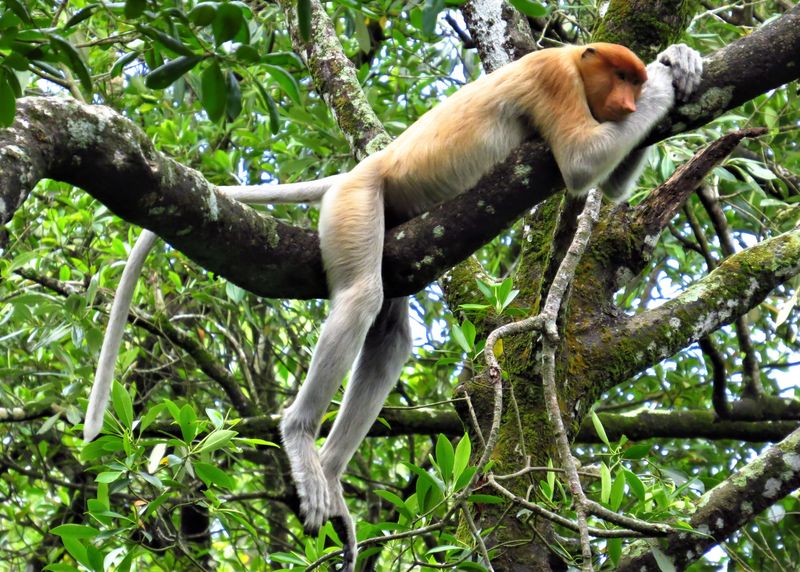
In Borneo’s mangrove forests, the proboscis monkey swings with a comedic grace, its large nose an amusing feature among primates. These pot-bellied creatures are as intriguing as they are peculiar, with swimming skills to match their arboreal agility. Living in social troops, they communicate with a repertoire of vocalizations. The male’s outsized nose enhances vocal resonance, perhaps an evolutionary twist in nature’s design. Did you know? These monkeys are excellent swimmers, even able to outpace crocodiles, embodying the spirit of adaptation and survival.
San Francisco Garter Snake
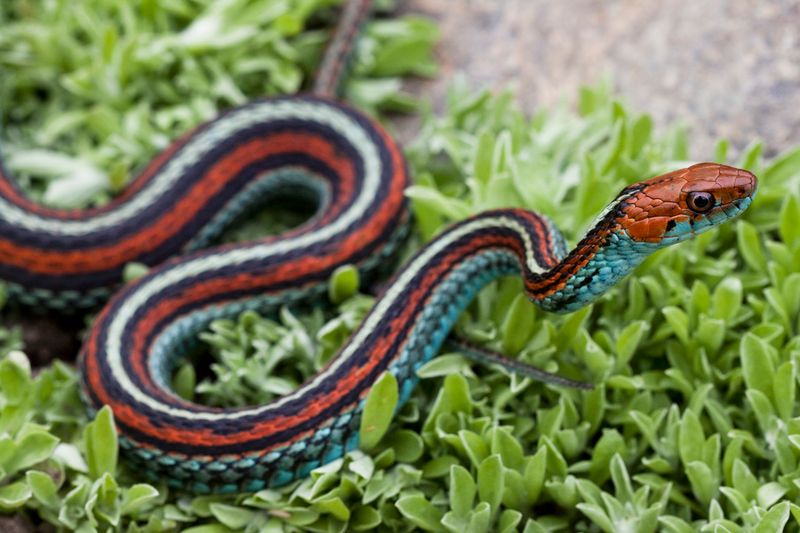
With vivid stripes of orange, turquoise, and black, the San Francisco garter snake is a visual marvel. Endemic to San Mateo County, California, it prefers the serene ambiance of ponds and wetlands. This non-venomous serpent is known for its elusive demeanor, often hiding amidst dense vegetation. Conservation efforts have been pivotal in preserving this rare beauty, as its habitat faces urban encroachment. Fascinating fact: Despite its name, these snakes are excellent swimmers and spend a considerable amount of time in water, showcasing their versatile adaptation.
Pygmy Hog
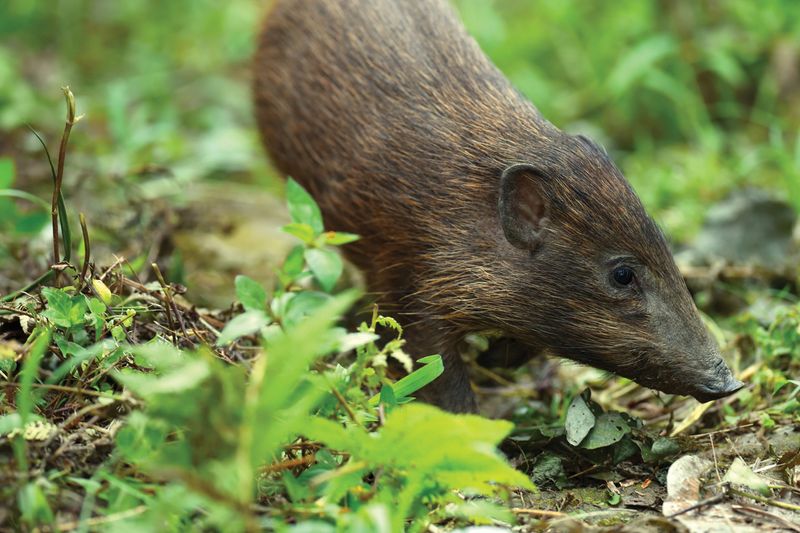
In the shadow of the Himalayan foothills, the diminutive pygmy hog scurries through the grasslands. This tiny creature, no larger than a rabbit, is the world’s smallest and rarest wild pig. Its social structure is endearing, with family groups known as sounders. These creatures are vital to their ecosystem, aiding in seed dispersal and soil aeration. Did you know? Once thought extinct, the pygmy hog was rediscovered, sparking successful conservation programs that aim to reintroduce them into their native habitat.
Philippine Crocodile
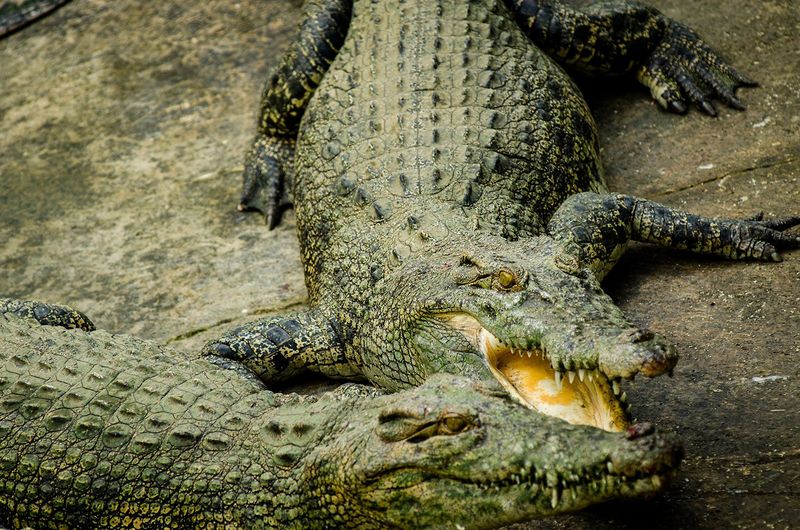
In the freshwater habitats of the Philippines, the critically endangered Philippine crocodile lurks, its presence a testament to prehistoric survival. Known for their shimmering armored scales and smaller size compared to their saltwater relatives, these reptiles are a keystone species. They play a crucial role in controlling fish populations and maintaining ecosystem balance. Uniquely, they are more tolerant of each other than most crocodile species, often sharing basking spots. Fun fact: These crocodiles are one of the most endangered crocodiles in the world, necessitating urgent conservation efforts.
Sinarapan
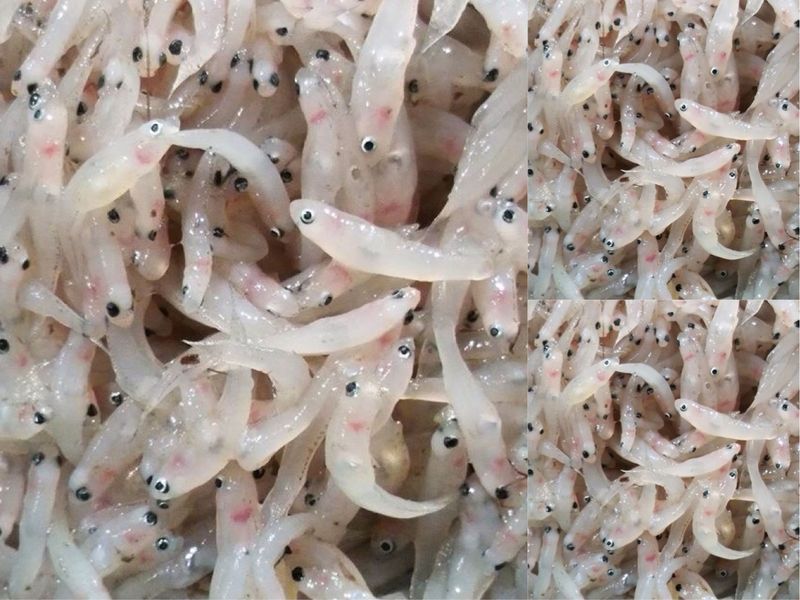
In select freshwater lakes of the Philippines, the sinarapan fish swims in unison, its size belying its ecological significance. As possibly the world’s smallest commercially harvested fish, it holds cultural relevance for local communities. These tiny creatures thrive in clear waters, their lifecycle intricately tied to the lake’s health. Historically, overfishing and habitat destruction threatened their existence. Did you know? Sinarapan are so small that they are often fried en masse into patties, a traditional dish enjoyed by many.
Santa Cruz Kangaroo Rat
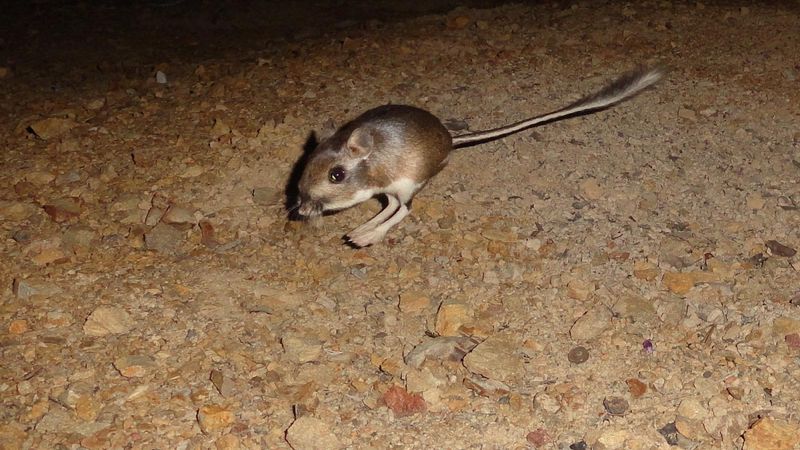
In the arid expanses of Santa Cruz Sandhills, the Santa Cruz kangaroo rat hops, a master of survival in harsh conditions. Known for its long tail and powerful hind legs, this nocturnal creature is a marvel of adaptation. It forages under the moonlight, evading predators with agility. Its burrowing habits contribute to soil health, showcasing nature’s interconnectedness. Interesting fact: This kangaroo rat doesn’t need to drink water, obtaining moisture solely from its diet, a true desert survivor.
Galápagos Tortoise

The Galápagos tortoise, a symbol of evolutionary marvel on the Galápagos Islands, captivates with its immense size and longevity. These gentle giants can weigh over 500 pounds and live for more than a century. Their slow movements and serene demeanor reflect an age-old wisdom. Conservation efforts have been paramount in restoring their populations after drastic declines. Fun fact: Each island hosts a distinct tortoise subspecies, showcasing a classic example of adaptive radiation inspired by Darwin’s observations.
Haast Tokoeka Kiwi
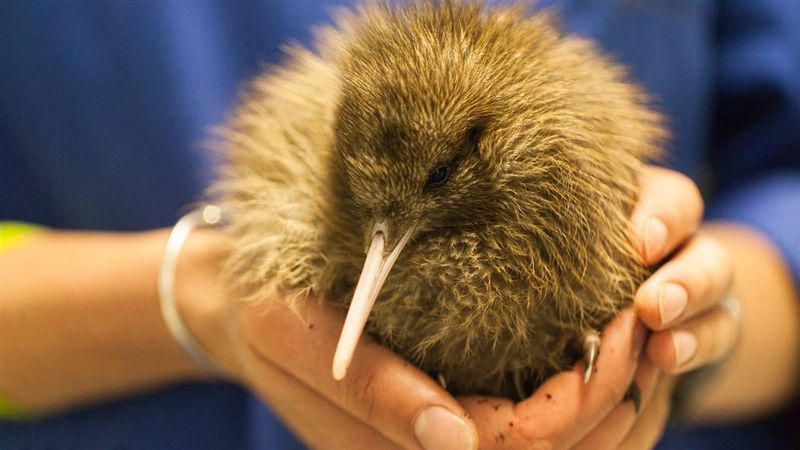
In the shadowy realm of New Zealand’s Haast region, the Haast tokoeka kiwi thrives under the cloak of night. With its long beak and sensitive nostrils, it navigates the forest floor, foraging for insects hidden in the undergrowth. Unlike its more famous relatives, this kiwi is rarely seen, adding an element of mystique to its existence. Did you know? These kiwis are one of the larger kiwi species, with a robust build and a unique vocalization that echoes through the forest at dusk.
Cuban Solenodon
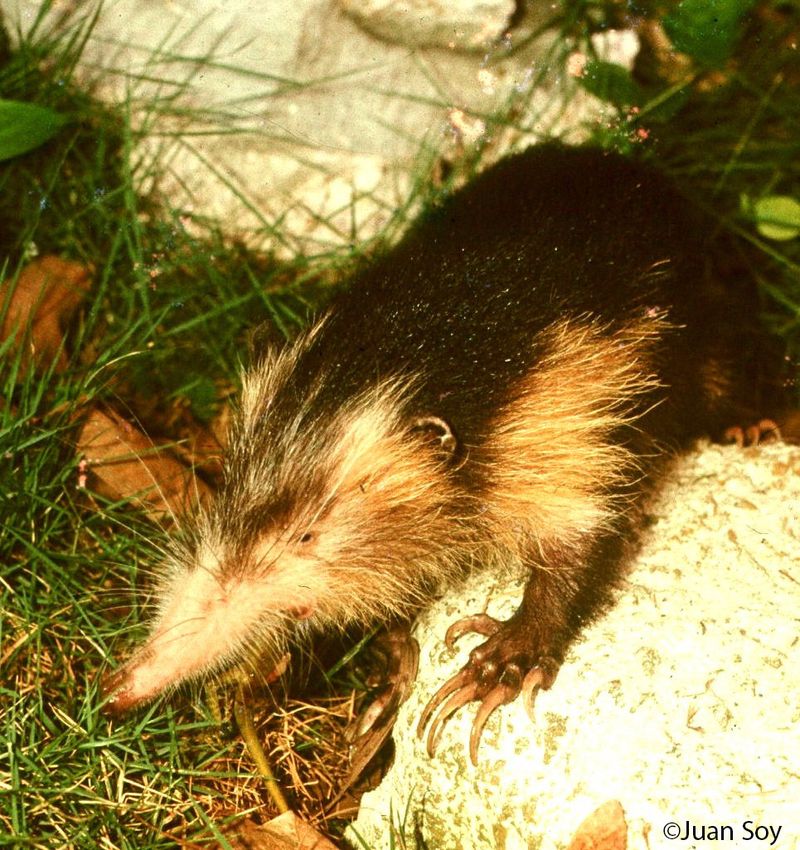
In the mystical mountain forests of Cuba, the Cuban solenodon prowls with ancient grace. This insectivorous mammal, with its elongated snout and venomous bite, is a living relic among mammals. Its nocturnal habits and secretive nature make it a rare sight. Remarkably, it survived the extinction event that wiped out the dinosaurs. Did you know? The Cuban solenodon is one of the few venomous mammals, using its specialized saliva to subdue prey, a fascinating evolutionary trait.
Colombian Weasel
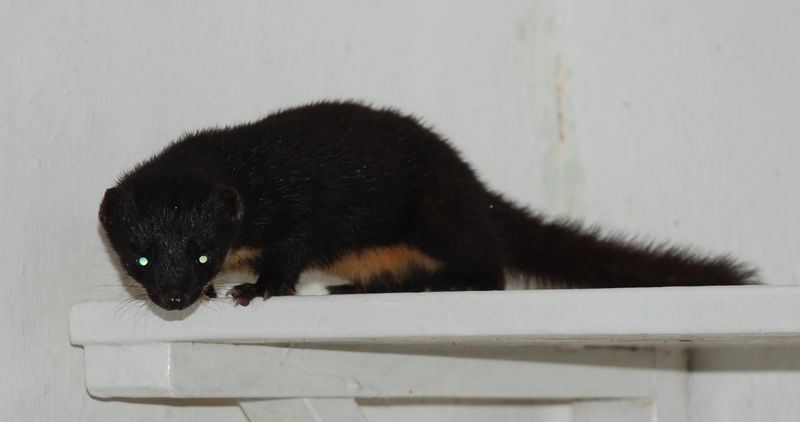
Darting through the riparian zones of Colombia, the Colombian weasel is a master of stealth. Known for its elusive nature and sleek, dark fur, it is one of the rarest carnivores in South America. This agile predator thrives along riverbanks, preying on small aquatic creatures. Its adaptability to niche environments underscores the delicate balance of ecosystems. Fun fact: Despite its rarity, the Colombian weasel plays a critical role in controlling rodent populations, maintaining ecological equilibrium.
São Tomé Shrew
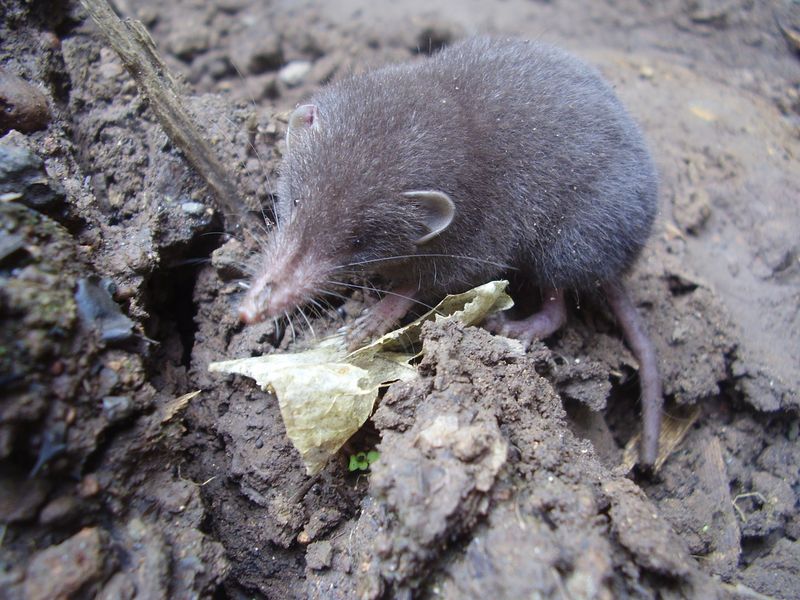
On the lush São Tomé Island, the São Tomé shrew scurries through the undergrowth, a tiny testament to island endemism. This insectivore, with its pointed snout and diminutive frame, remains a puzzle to scientists. Its secluded habitat offers both protection and risk, as environmental changes pose threats to its survival. Did you know? The São Tomé shrew is one of the few mammalian species endemic to São Tomé, highlighting the island’s unique biodiversity and ecological significance.
Formosan Rock Macaque

In Taiwan’s rugged terrains, the Formosan rock macaque thrives, a symbol of resilience and adaptability. With expressive faces and nimble fingers, these primates navigate rocky landscapes with ease. They exhibit complex social behaviors, fostering bonds within troops through grooming and vocalizations. Conservation efforts focus on mitigating habitat fragmentation to ensure their survival. Did you know? The Formosan rock macaque is the only native non-human primate in Taiwan, playing a crucial role in forest ecology by dispersing seeds.
Brookesia Micra
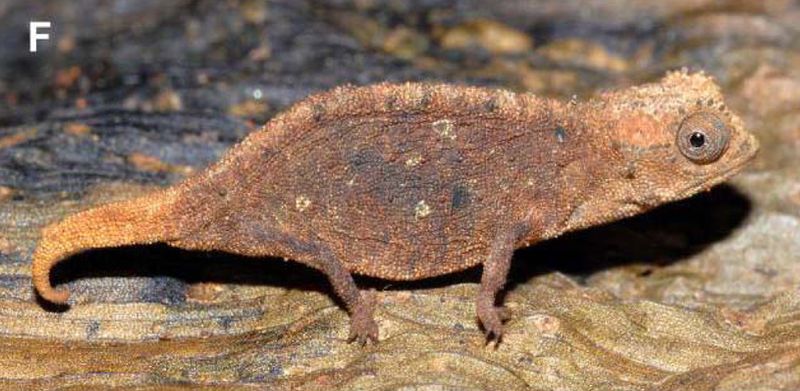
On Madagascar’s Nosy Hara islet, the Brookesia micra blends seamlessly with the leaf litter, a marvel of miniaturization. As one of the world’s smallest chameleons, its entire body fits on a human fingertip. Its cryptic coloration and slow movement make it a master of disguise, evading predators with ease. This tiny reptile’s life is an illustration of the island’s rich evolutionary tapestry. Fascinating fact: Due to its size, the Brookesia micra can only climb twigs and leaves, reflecting its specialized habitat needs.
Tasmanian Devil
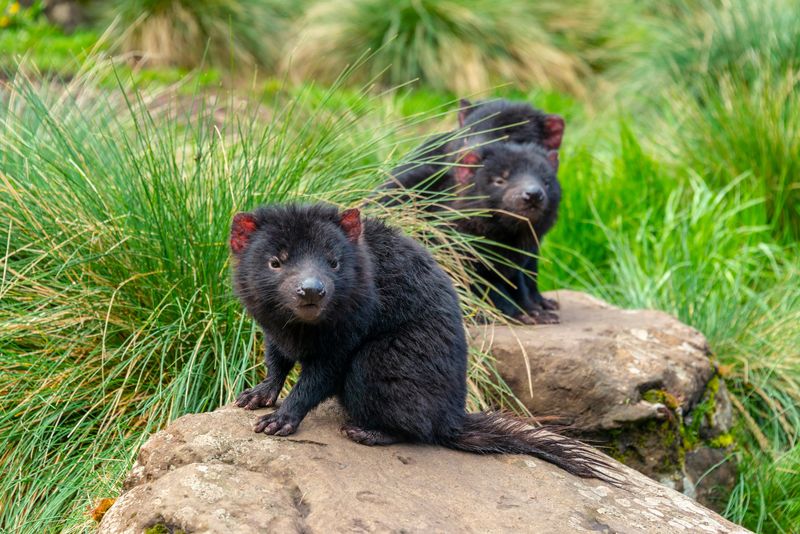
In the untamed wilderness of Tasmania, the iconic Tasmanian devil roams, its fierce reputation preceding it. Known for its powerful jaws and nocturnal scavenging habits, this marsupial is a keystone predator. Its growls and screeches resonate through the night, a natural symphony of survival. Unfortunately, it faces threats from a contagious facial tumor disease, sparking urgent conservation efforts. Did you know? Despite its fearsome mythos, the Tasmanian devil is shy, preferring solitude and avoiding human interaction where possible.
Axolotl
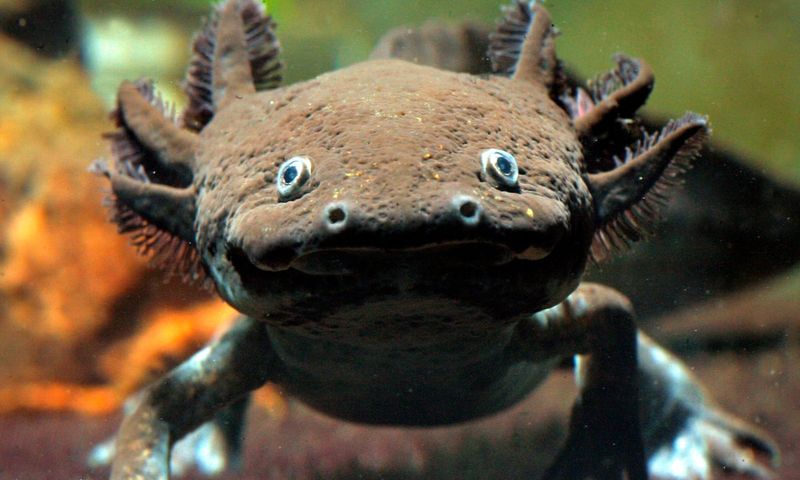
In the serene canals of Xochimilco, the axolotl swims with an ethereal grace, its feathery gills and perpetual smile enchanting all who see it. This amphibian is renowned for its regenerative abilities, capable of regrowing entire limbs. As urban development encroaches, conservationists strive to preserve its habitat. Fun fact: The axolotl, often called the “Mexican walking fish,” is actually a salamander, its unusual traits making it a popular subject for scientific research worldwide.
St. Lucia Parrot
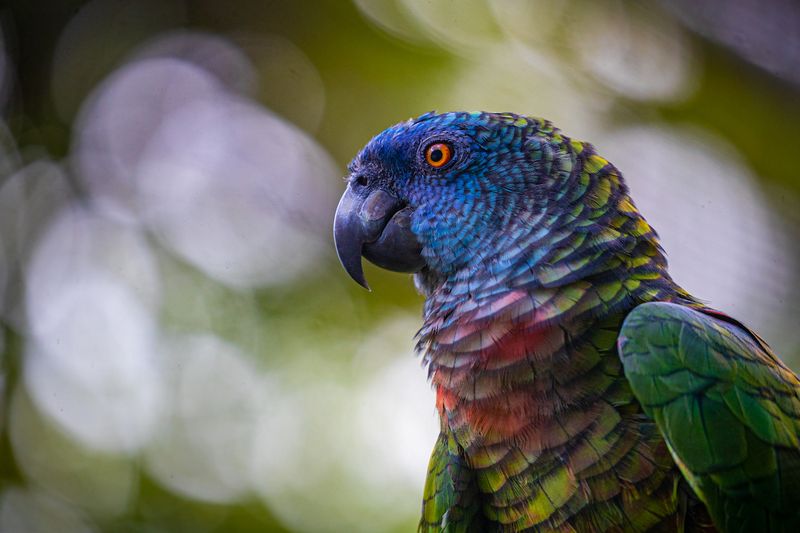
In the vibrant rainforests of St. Lucia, the St. Lucia parrot flourishes, a splash of color amid the greenery. With a melodious call and vibrant plumage, it embodies the island’s spirit. This national bird symbolizes pride and conservation success, having rebounded from near extinction. Conservation efforts focus on habitat protection and community engagement. Did you know? The St. Lucia parrot is the only parrot species native to St. Lucia, a living emblem of the island’s natural heritage and resilience.
Saola
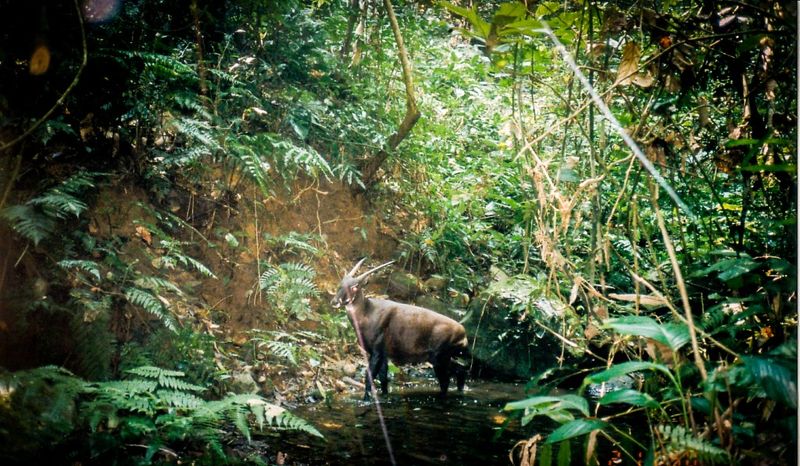
In the dense underbrush of the Annamite Mountains, the elusive saola wanders, often dubbed the “Asian unicorn” for its rarity and mystique. With long, slender horns and striking facial markings, it is a cryptic symbol of the region’s biodiversity. Little is known about its behavior, as sightings are incredibly rare. Conservationists aim to protect its dwindling habitat from logging and hunting. Did you know? The saola was only discovered in 1992, making it one of the most recent large mammal discoveries and a focus of intense conservation interest.
Quokka
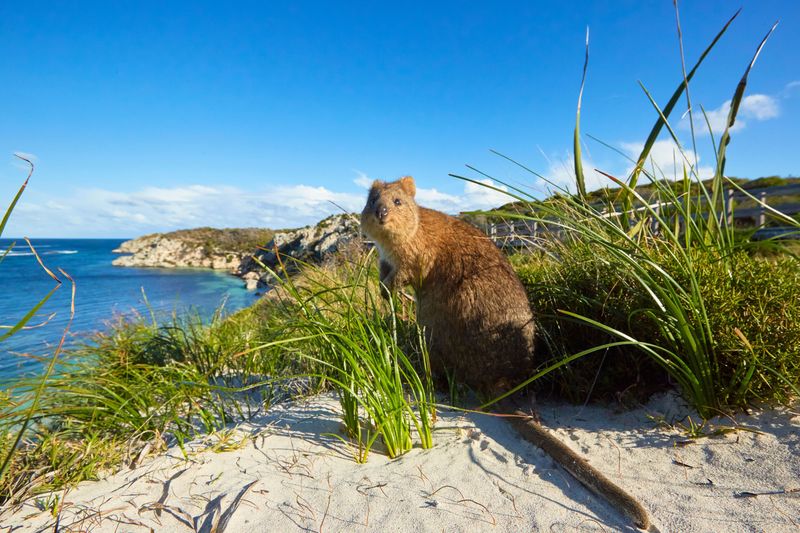
Known for its endearing smile, the quokka has become an internet sensation, charming visitors to Rottnest Island off Western Australia. This small marsupial, with its friendly demeanor, thrives in the island’s unique ecosystem. Its herbivorous diet and nocturnal habits ensure it remains a key player in nutrient cycling. Fun fact: The quokka is often referred to as “the world’s happiest animal,” a title it lives up to with its photogenic charm and curious interactions with humans.
Galápagos Penguin

On the rocky shores of northern Isabela Island, the Galápagos penguin waddles with a unique charm. As the only penguin species to live north of the equator, it defies expectations, adapting to the warm climate with remarkable ease. Its streamlined body and agile swimming skills make it a formidable hunter in the ocean. Fun fact: Galápagos penguins are one of the rarest penguin species, and climate change poses a significant threat to their future, prompting conservation efforts.
Hamilton’s Frog
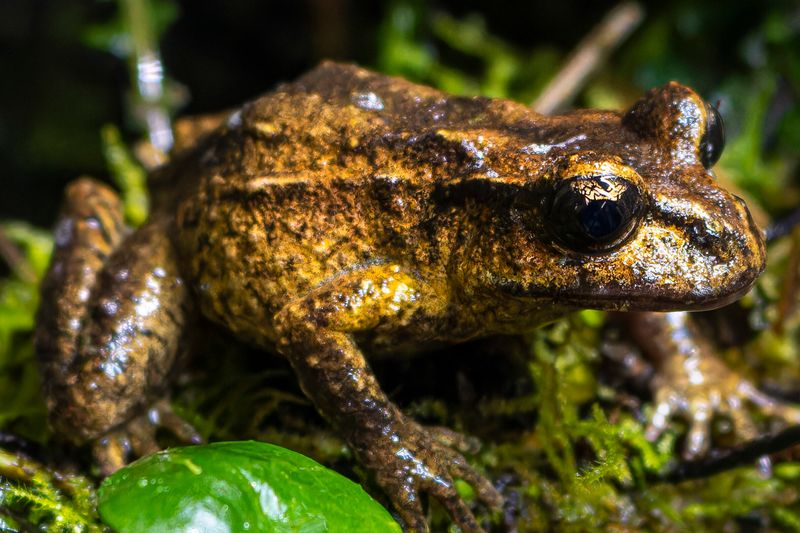
On the remote Stephens Island, Hamilton’s frog finds refuge, a testament to survival on a tiny scale. This nocturnal amphibian, with its small size and elusive nature, represents one of the world’s most restricted amphibian habitats. Its existence hinges on the delicate balance of its isolated environment. Did you know? Hamilton’s frog is one of the few frogs that don’t go through a tadpole stage; the young emerge fully formed from the eggs, a unique reproductive strategy.
Pedra Branca Coolskink
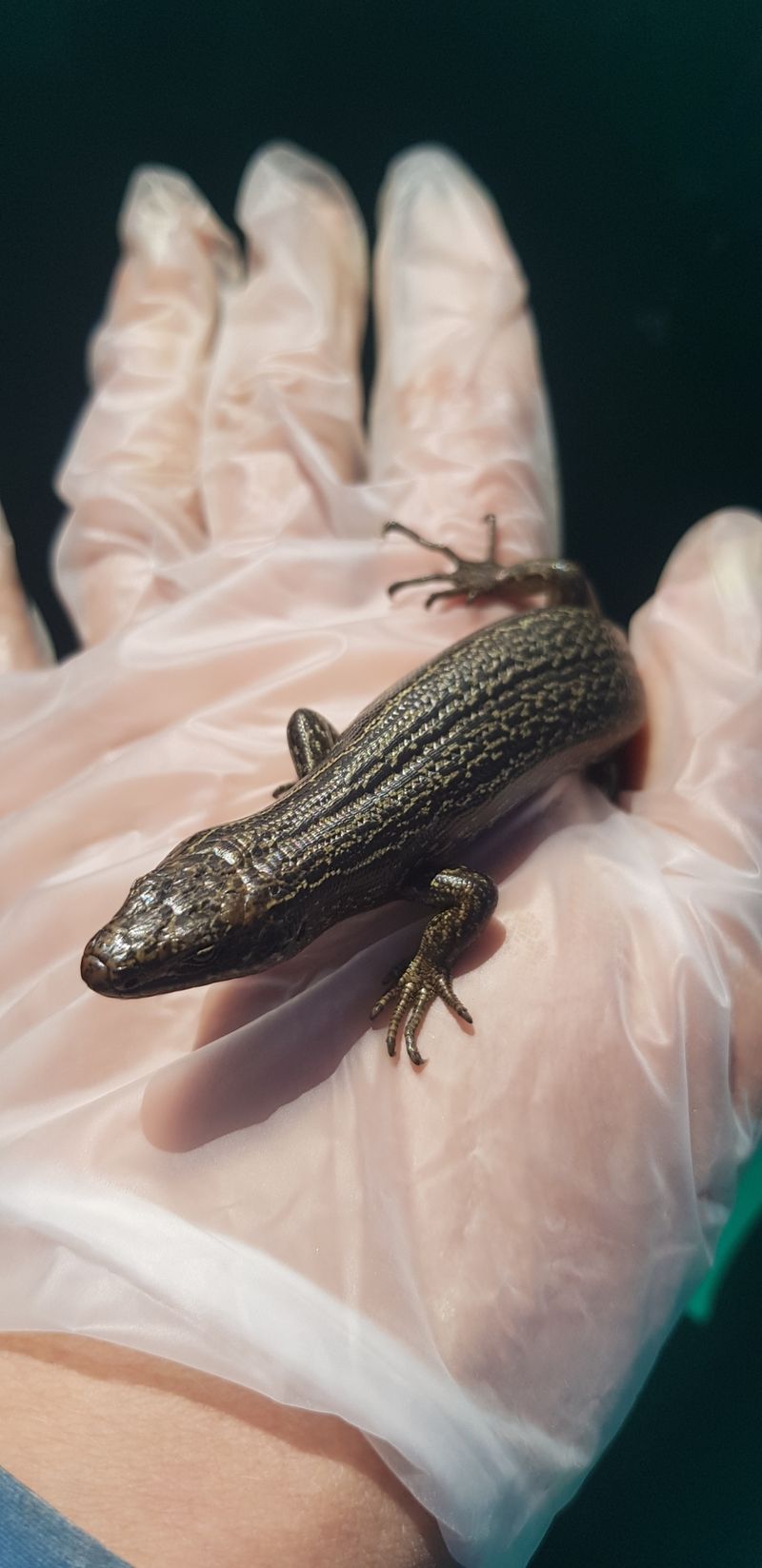
On the tiny Pedra Branca islet, the coolskink basks in the sun, an emblem of resilience in isolation. This small reptile, with its sleek body and sun-loving habits, thrives in the harsh conditions of its rocky home. Its ability to survive with limited resources highlights nature’s ingenuity. Interesting fact: The coolskink is found only on Pedra Branca, an area so remote that its study often requires navigating treacherous waters, underscoring the unique challenges of island conservation.

